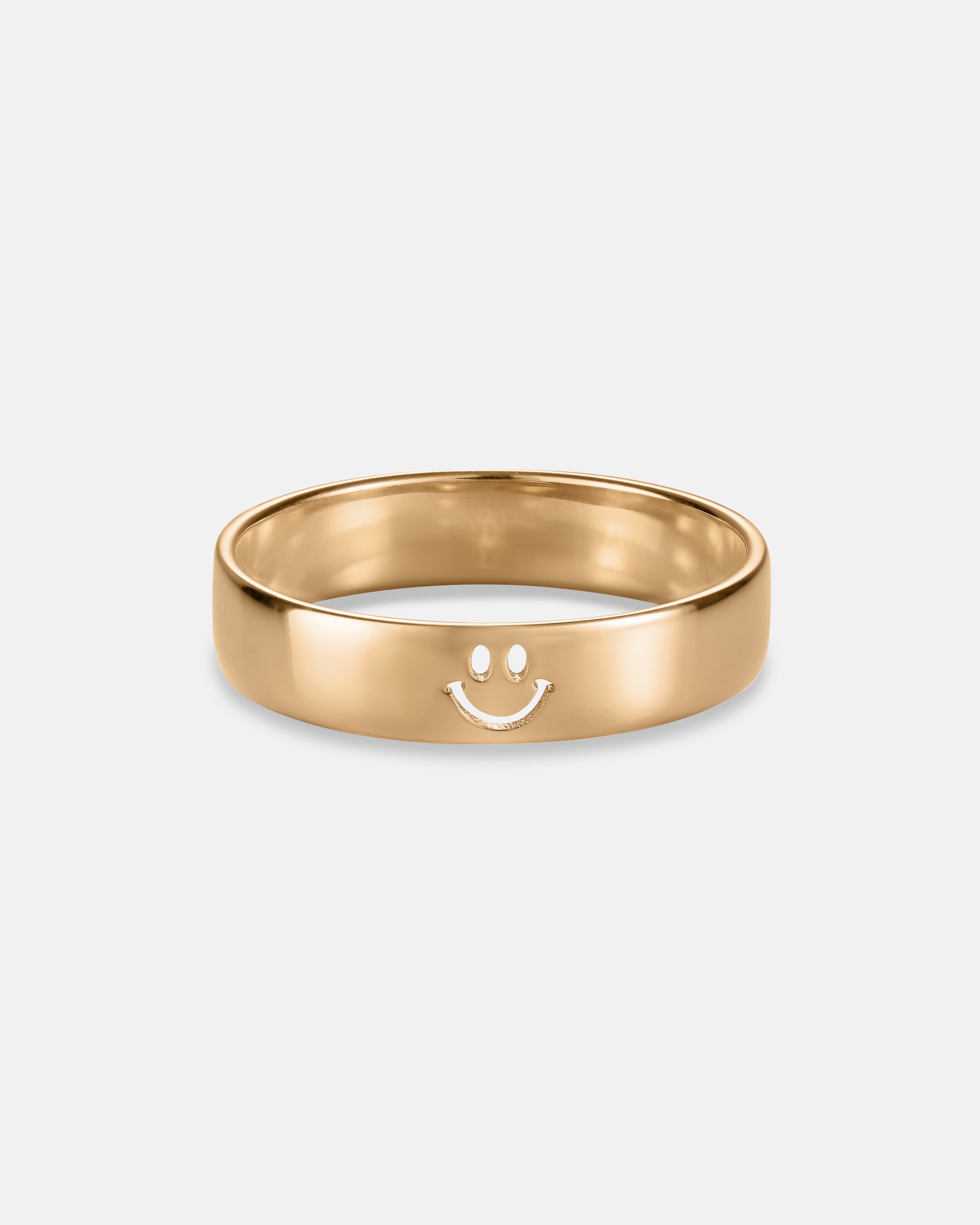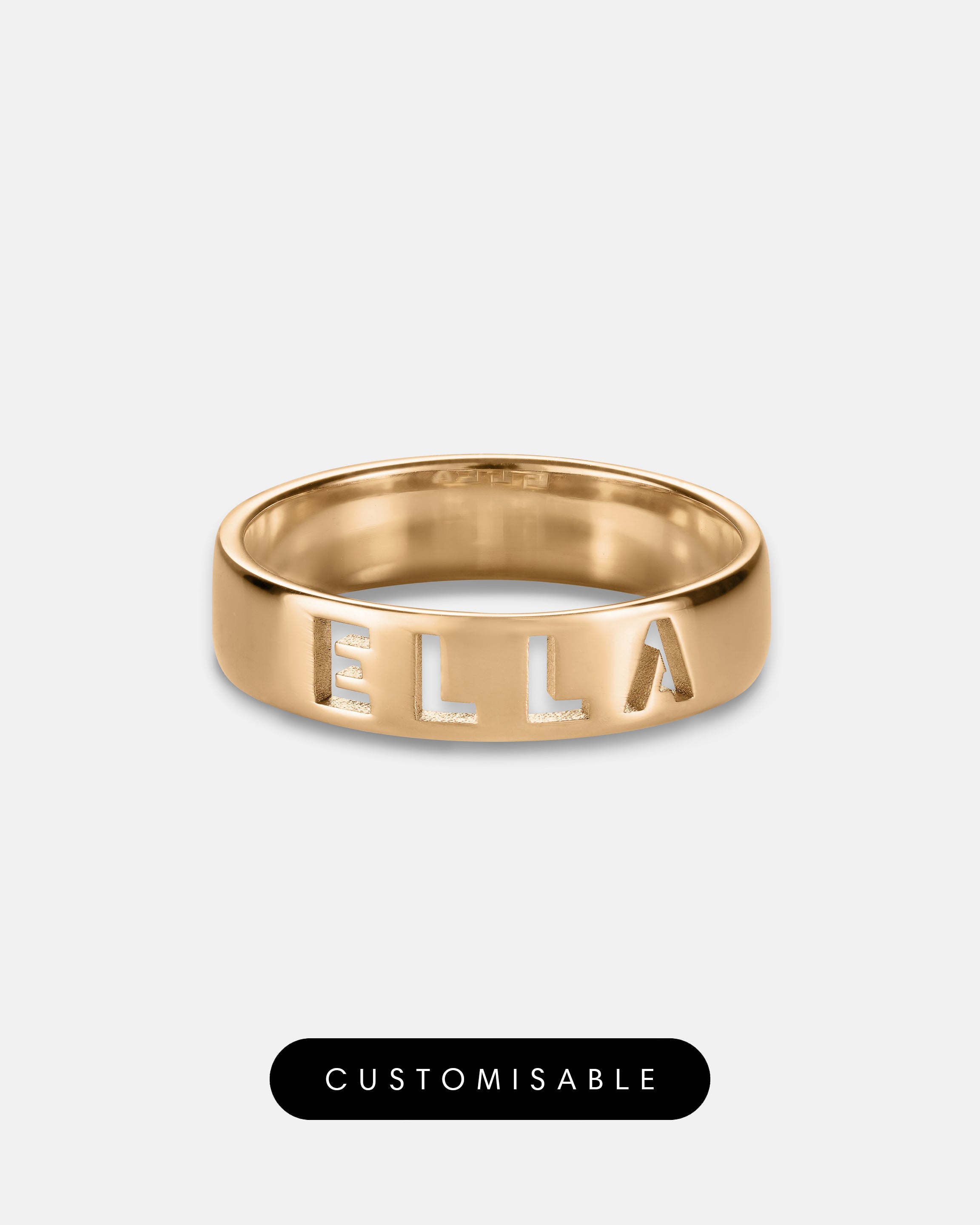In an effort to create the most beautiful handcrafted display case we could, we reached out to Melbourne based timber furniture maker, Patrick Holcombe, owner of Douglas Fir Design, who turned our dream into a reality.
We asked Patrick a few questions about his process, from conception to creation, as a furniture maker and his process in creating our display cabinet, “The Cicada”.

What was your first piece of furniture that made you fall in love with the art of furniture making?
My dad built the house I grew up in from recycled timber and mud bricks. He also built almost every piece of furniture in there. A lot of it was made from raw Oregon and Cedar so you could smell the timber in the house. When I was in early high school he made two simple but beautiful tables from Kauri pine. These were of a higher standard than the other stuff in the house and he was really proud of them. I helped with the sanding and oiling etc. I used some offcuts of the Kauri to make a small display shelf for my sisters birthday and it was the first piece I had made completely by myself. It wasn't until years later that I started making furniture again but immediately felt at home.
Creating objects from start to finish, whether furniture or jewellery, requires a level of precision, techniques and ideas. Give us a brief run down from inception to completion of the Cicada
William came to me with a basic sketch of an oval shape cabinet with a glass top and drawers all around. I then spent a couple weeks on CAD working through how I could technically get the drawers to function and figuring out the best way to achieve the curved panels. I also drafted a couple different base ideas until we landed on the current design. The top cabinet was so deep and heavy looking that standard legs looked spindly and out of proportion so we went with a heavy double plinth base. Once I had resolved all of the technical aspects I could purchase the timber and start cutting!

What was the most challenging part?
Creating the curved panels requires a lot of prep and time.
Each curved panel is made by layering ribbons of very thin timber strips around a huge custom form. These strips are glued in place and the final curved shells are super strong, a bit like fibreglass made from wood instead of glass. We made these curved shells in sections that then had to be glued together to form larger pieces. A lot of testing went into getting these components accurate and looking good.
The Cicada has a number of curved components that sit inside each other so we needed multiple curved forms. The entire visible shell of the cabinet is openable drawers which means all the structure in the cabinet is hidden inside. It is very complicated to make things look simple!

What is the most special piece you've created to date and why?
I like all my children for different reasons! One of my favourite pieces is the Wedgetail Coffee Table. It uses really large chunky timber to create a piece that feels monolithic while also using a type of joinery (dovetails) usually reserved for delicate small objects. The timber is fairly soft and the surface feels slightly undulating under your hand due to the areas of soft and hard grain. A lot of furniture holds air, thin legs of timber around a hollow core but the Wedgetail is just a mass of solid timber and it changes the way I think about the material.
I also loved making the Cicada, The problem solving was complex and working with William was fantastic.
Lastly, do you have special piece of jewellery you treasure?
I have never been much of a jewellery wearer. Having bits of metal on my hands is a risk in a busy woodworking shop. I used to have a small chunk of cedar on a string around my neck, The timber was resiny and had a lovely smell when touched. The pieces of William's I am drawn to are the simple bands with the hand hammered finish. I love seeing the mark of the maker in the metal.

Photography courtesy of Douglas Fir Design and Maras Creative






